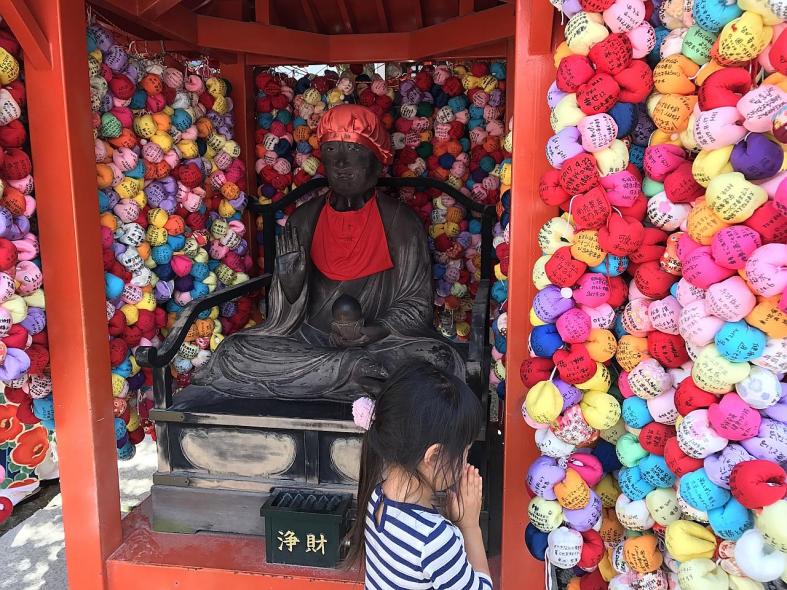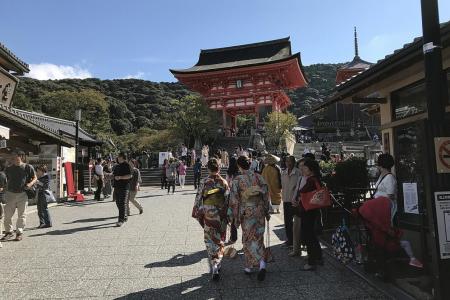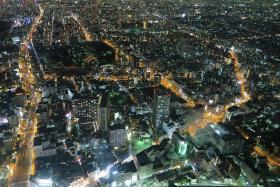Tired of Tokyo? Try Kyoto
Considered one of the most well-preserved cities in Japan, it was ranked the world's third-best large city by Conde Nast Traveler
With 47 prefectures in eight regions, Japan has a lot more to offer than its capital and perennial tourist favourite Tokyo.
Kyoto, in the Kansai region, is proof.
It was ranked the third-best large city by Conde Nast Traveler last month, after Tokyo - no surprises there - and Austria's Vienna.
The magazine also calls Kyoto, the country's former Imperial capital for more than a millennium until the middle of the 19th century, one of the most well-preserved cities in Japan.
Another reason to visit?
Kyoto is well known for kaiseki, a seasonal multi-course traditional dinner that has links to the royal court - the city was also once home to the Japanese imperial family.
Today, kaiseki is considered the pinnacle of Japanese cuisine.
Unfortunately for those in Singapore, Kyoto is not a flight away. The closest airport is Kansai International Airport, in neighbouring Osaka. Fortunately, the Haruka train is a direct link between the two.
The ride, as with other local Japan Rail (JR) trains in the region, was covered by my Kansai Area Pass (from $25 a day).
There are numerous types of passes, each valid for a different area and set number of days, but they all serve the same purpose - to make it easy and affordable, not to mention smart, for tourists to visit multiple places in one holiday.
I ordered mine through travel experience booking platform Klook. Exchanging my e-voucher in Japan for the actual pass could not have been more hassle-free too.
It is nigh impossible to visit all of Kyoto's approximately 1,600 temples and 400 Shinto shrines, but the ones every tourist visits include Unesco World Heritage sites Kinkakuji, or Golden Pavilion, and Kiyomizu-dera, or Pure Water Temple.
The roof of the main hall at Kiyomizu-dera is under construction until 2020, but it is still worth checking out.
Its history, which dates back to AD778, is remarkable, but the festive atmosphere is the star.
The street leading to Kiyomizu-dera is lined with shops hawking Japanese ornaments and snacks, while the elevated temple grounds boast a beautiful view of the surrounding trees and the Kyoto landscape.

Inside the main hall, you can buy charms, get your fortune told or lift a 90kg metal staff for good luck.
UNCONVENTIONAL
Not far from the temple is something more unconventional: The world's first tatami-style Starbucks outlet, which opened earlier this year.

The tea parlour, as it calls itself, is situated inside a century-old traditional Japanese townhouse, and much has been done to retain its historic charm.
The entrance is discreet, there are mini Japanese gardens within the outlet and customers have to remove their footwear before entering a tatami room - the perfect way to take in traditional Kyoto while sipping Starbucks coffee.
Another of Kyoto's must-visits is the Fushimi Inari Shrine. Its seemingly never-ending vermilion torii gates make for good photos - if you can beat the crowds, that is, so go early.
And unless you have time to spare and are determined to make it to the last of the 5,000-odd gates, the 4km hike up can become boring after a while.
A more entertaining stretch to walk is Shijo-dori, Kyoto's Orchard Road. Running parallel to it is Nishiki Market - nicknamed "Kyoto's Kitchen" - where you can pick up everything from fresh produce and cooked food to cookware.
Another food-related activity to consider is a three-hour cooking course available through Klook (from $82).
There, I learnt about dashi, a fundamental stock in Japanese cuisine, and how to make tamagoyaki (rolled omelette), before putting together my own bento. The hands-on session was relaxing and gave insight into a favourite cuisine of mine.
For something outside of Kyoto and to fully utilise my Kansai Area Pass, I went day-tripping to nearby Nara.
Most tourists head there for Nara Park, where deers roam free and the famous Todaiji, or Great Eastern Temple, sits. You can even buy approved food to feed the deers.
For yourself, there is Nakatanidou, which claims to be the fastest pounders of mochi in the country.
The shop is easy to spot - a couple of times an hour, a crowd gathers to watch the staff dramatically strike the rice cake.
Get The New Paper on your phone with the free TNP app. Download from the Apple App Store or Google Play Store now



